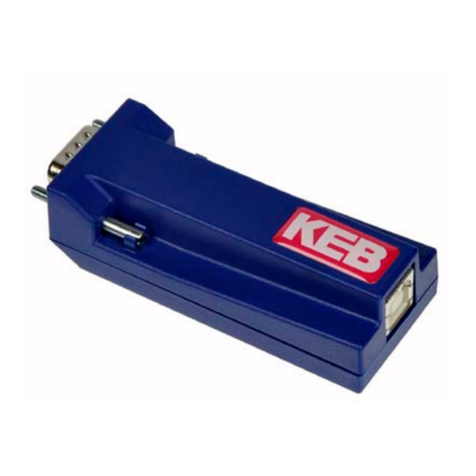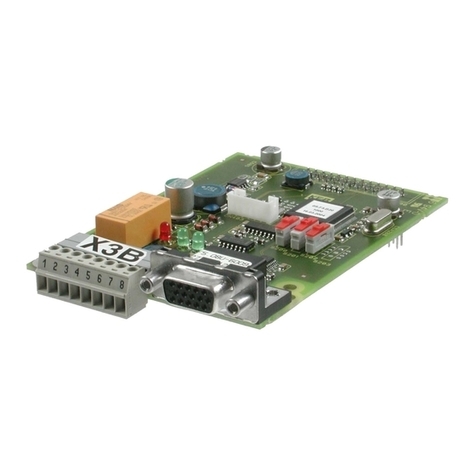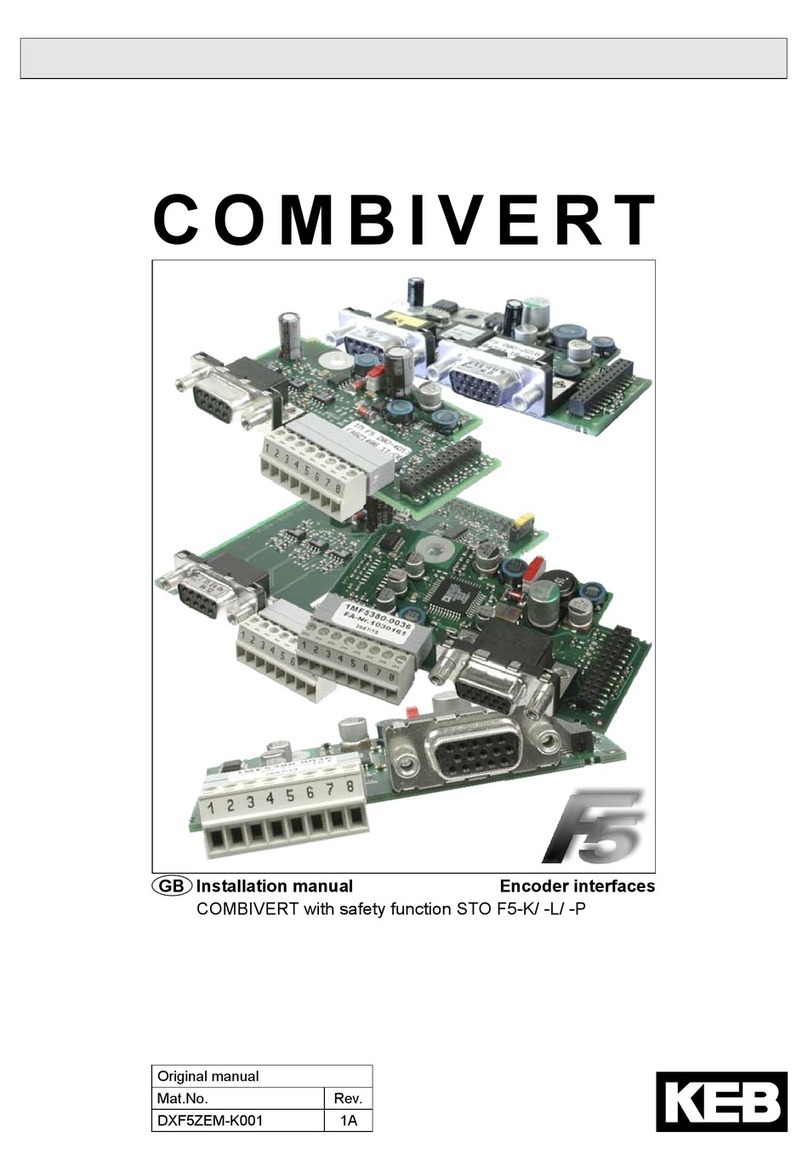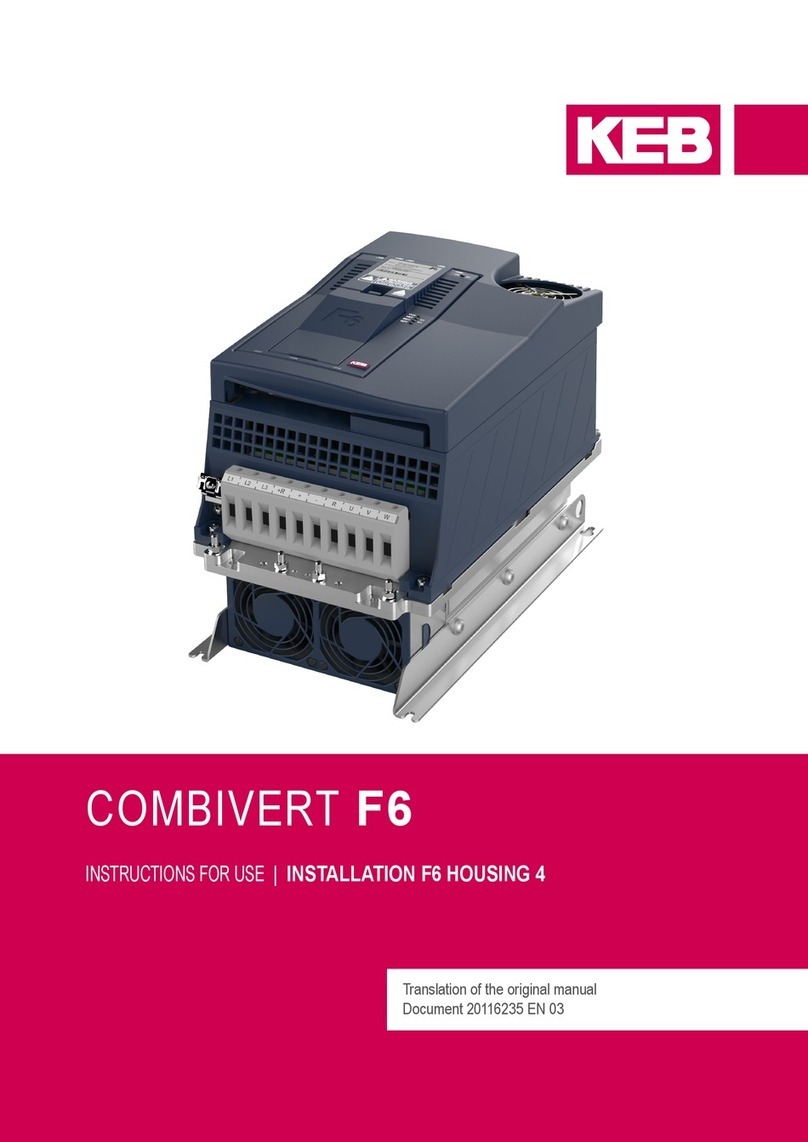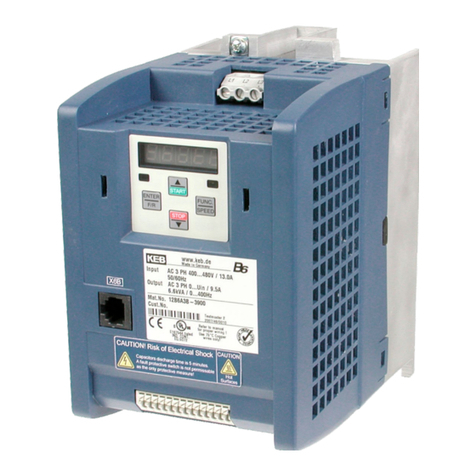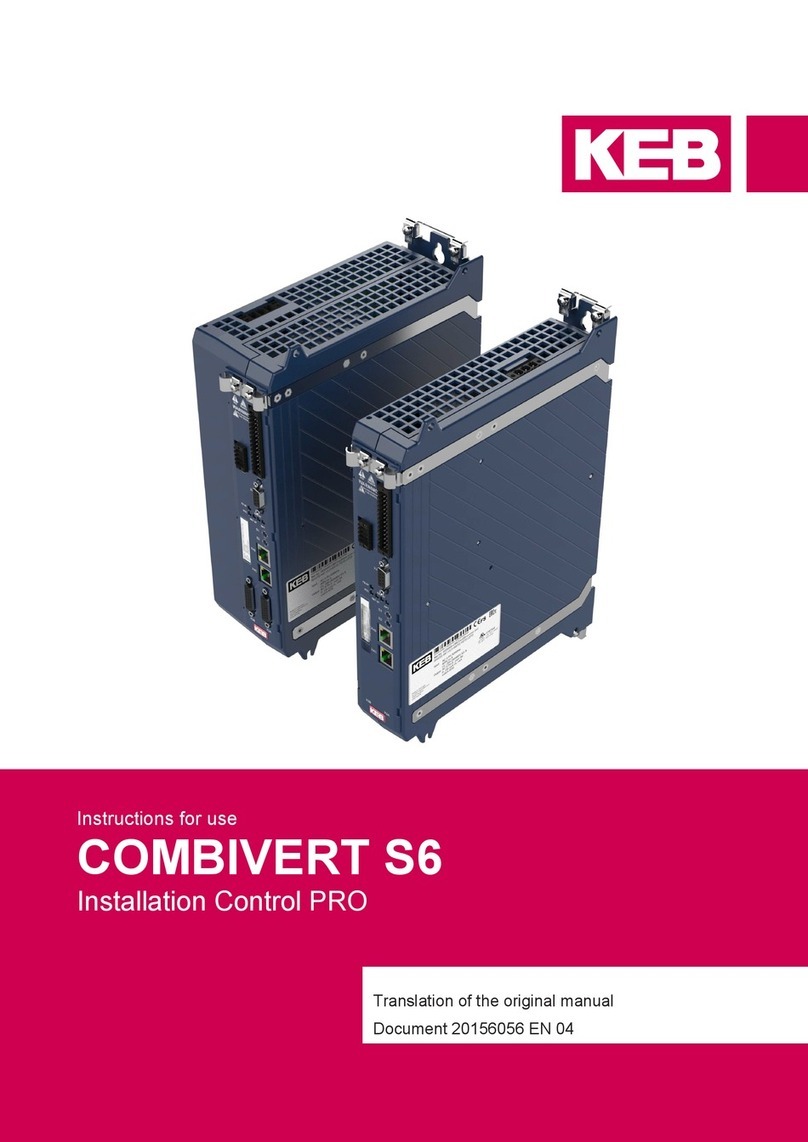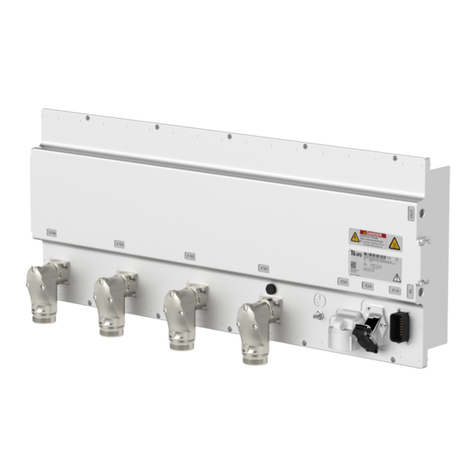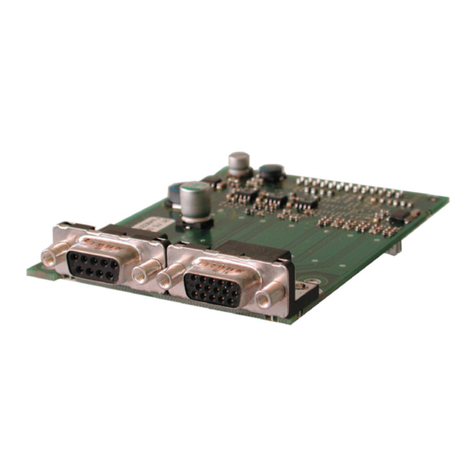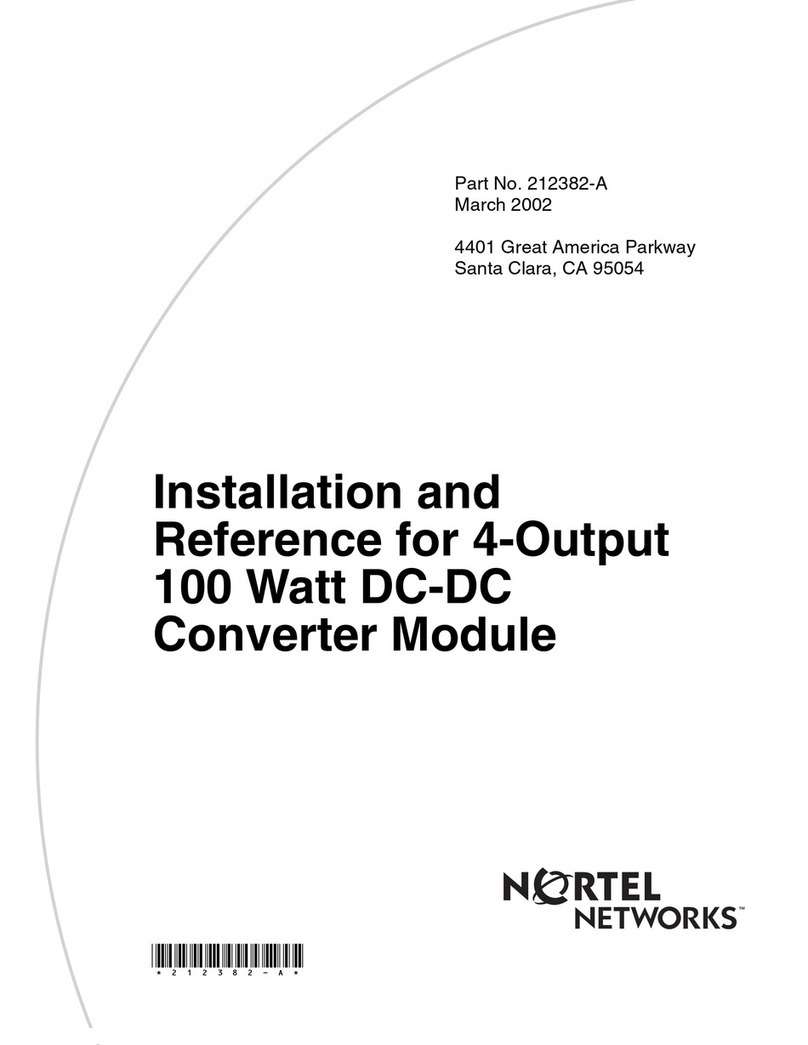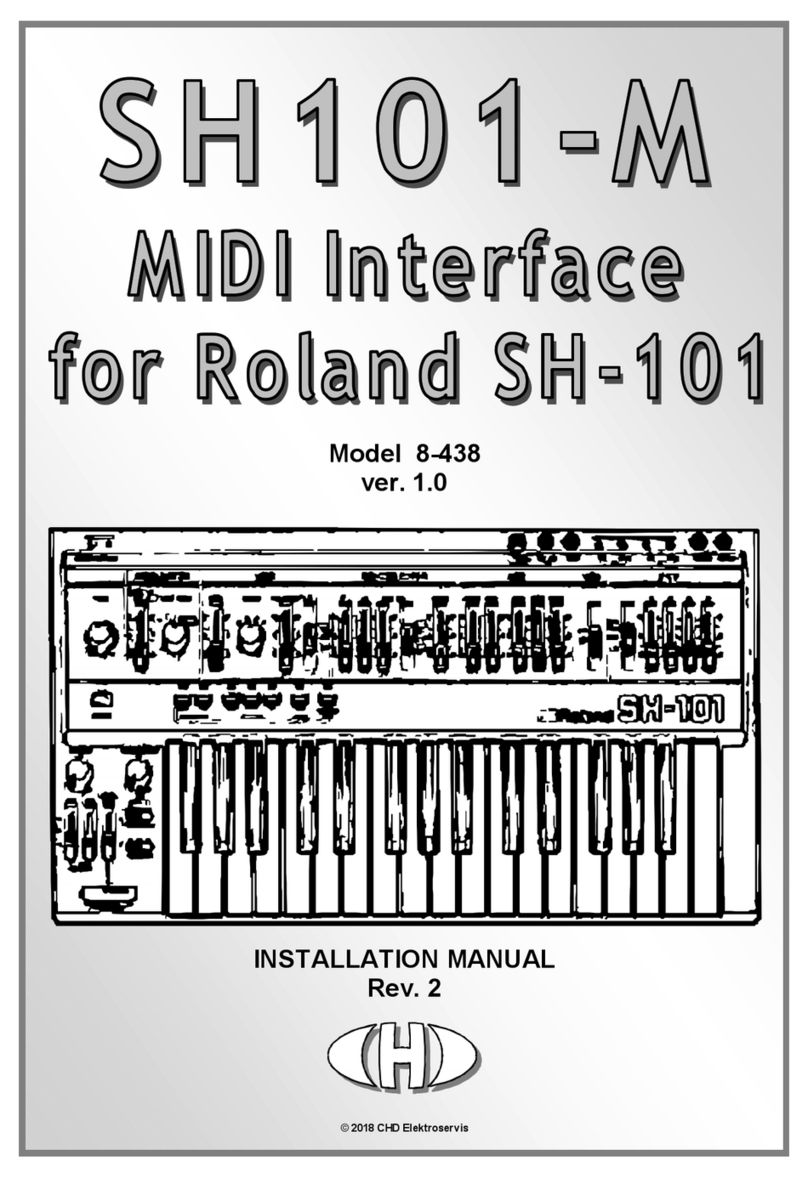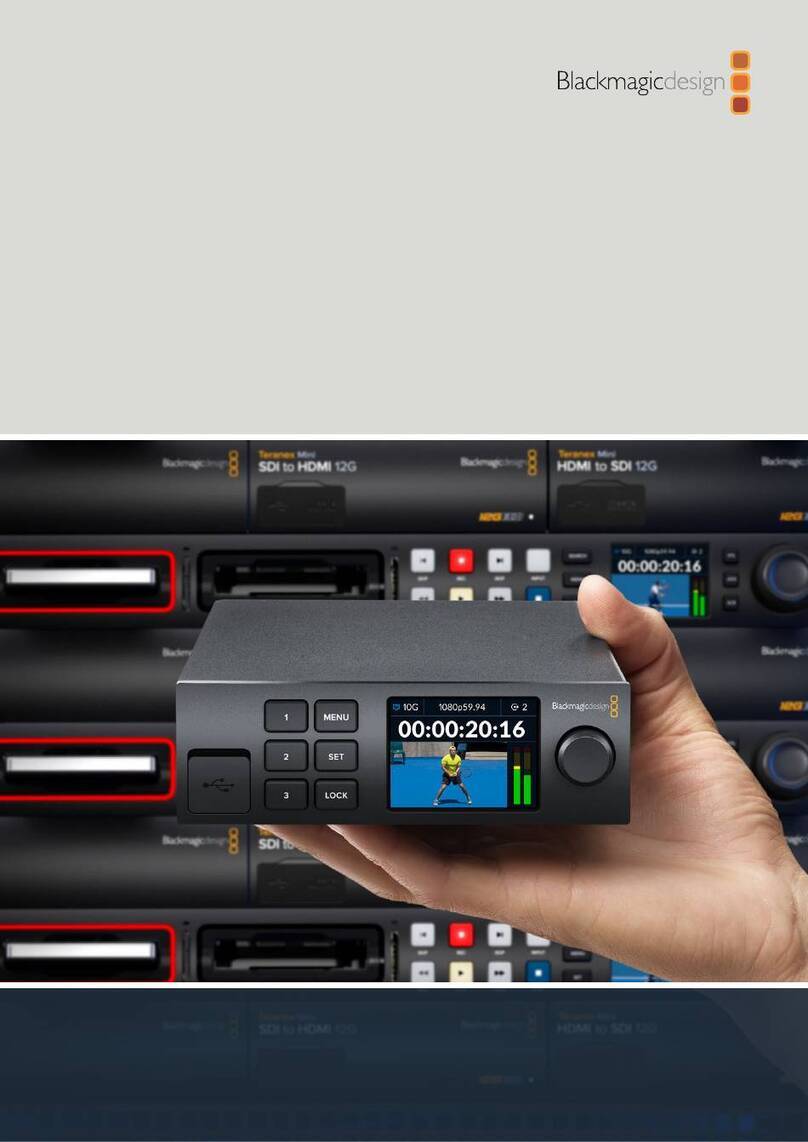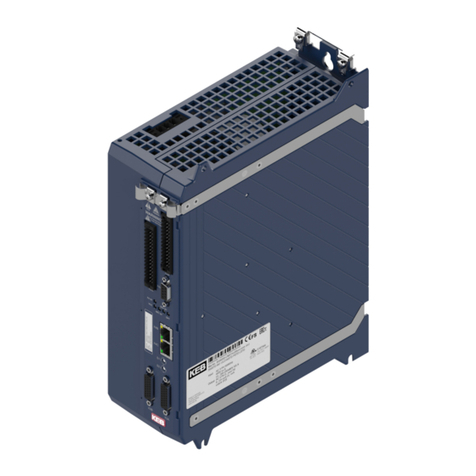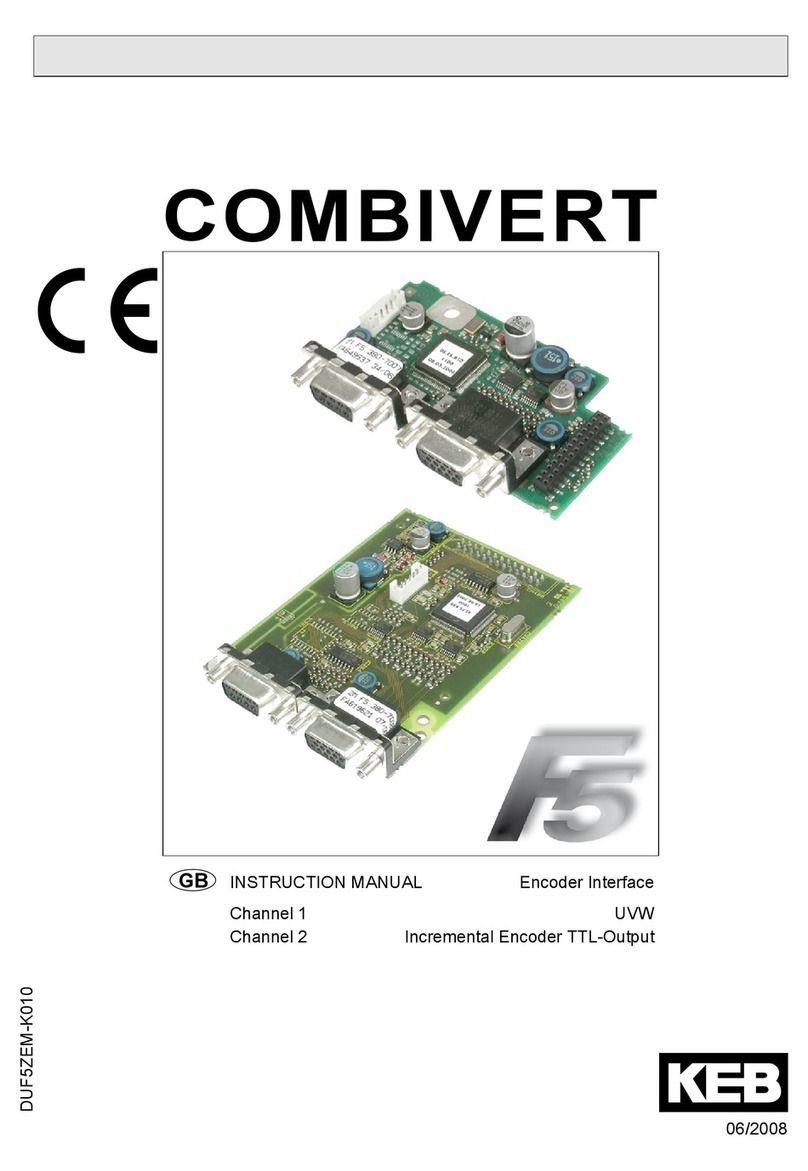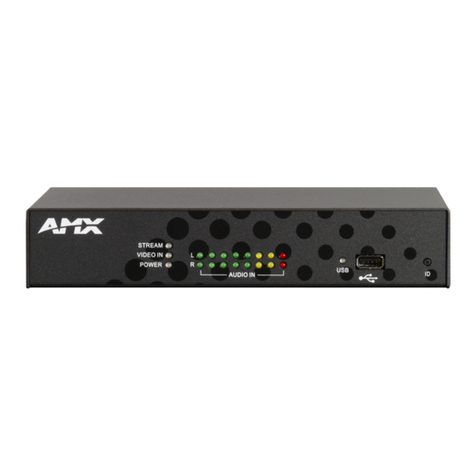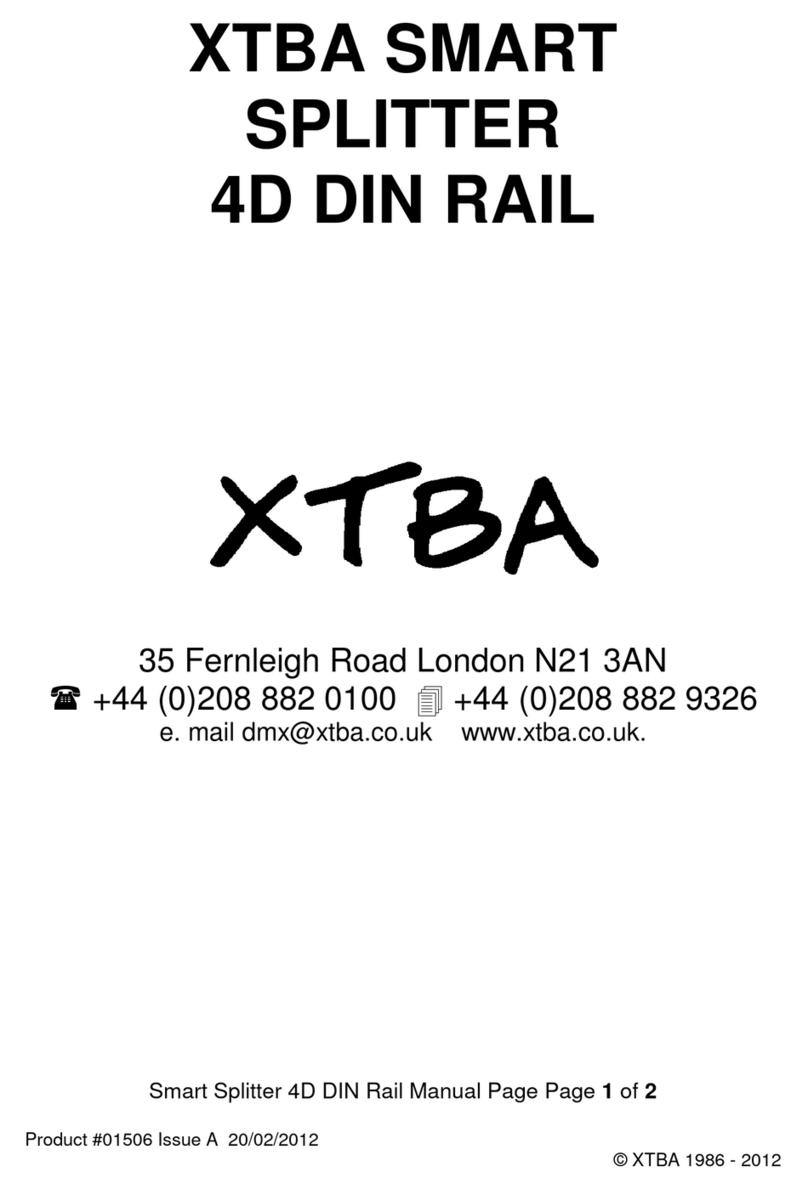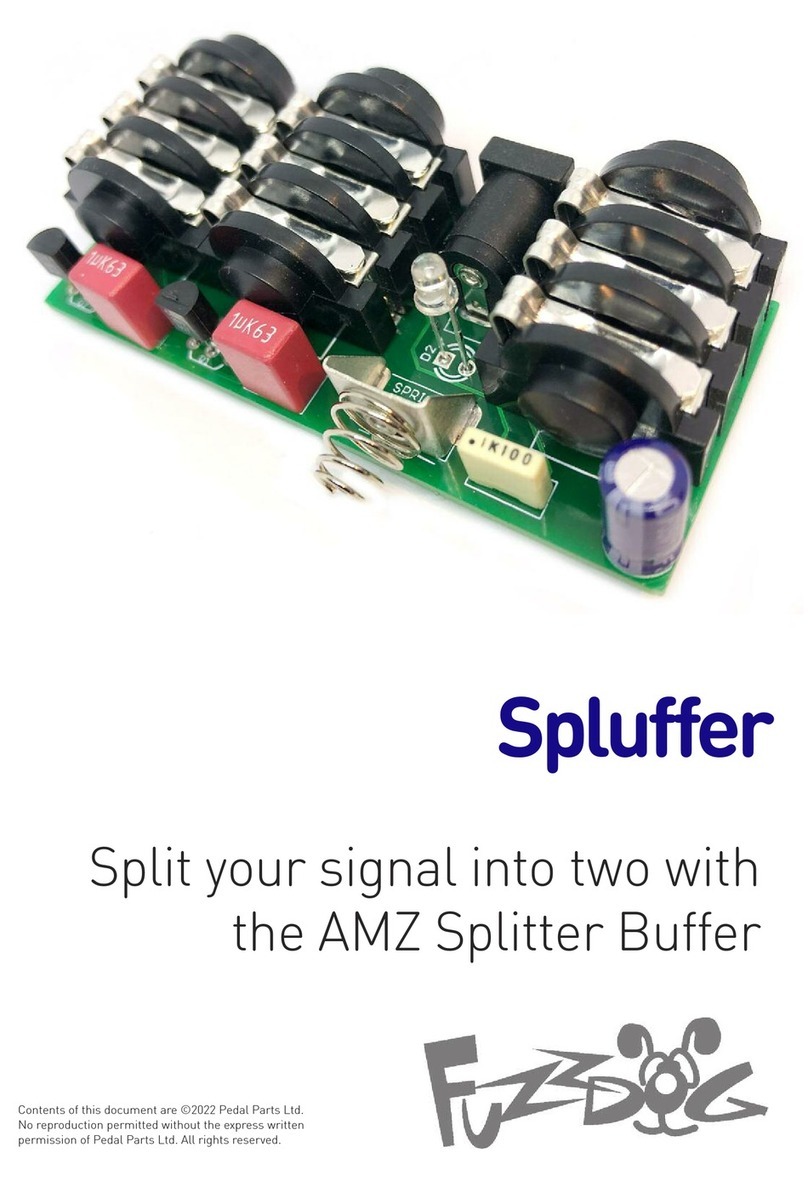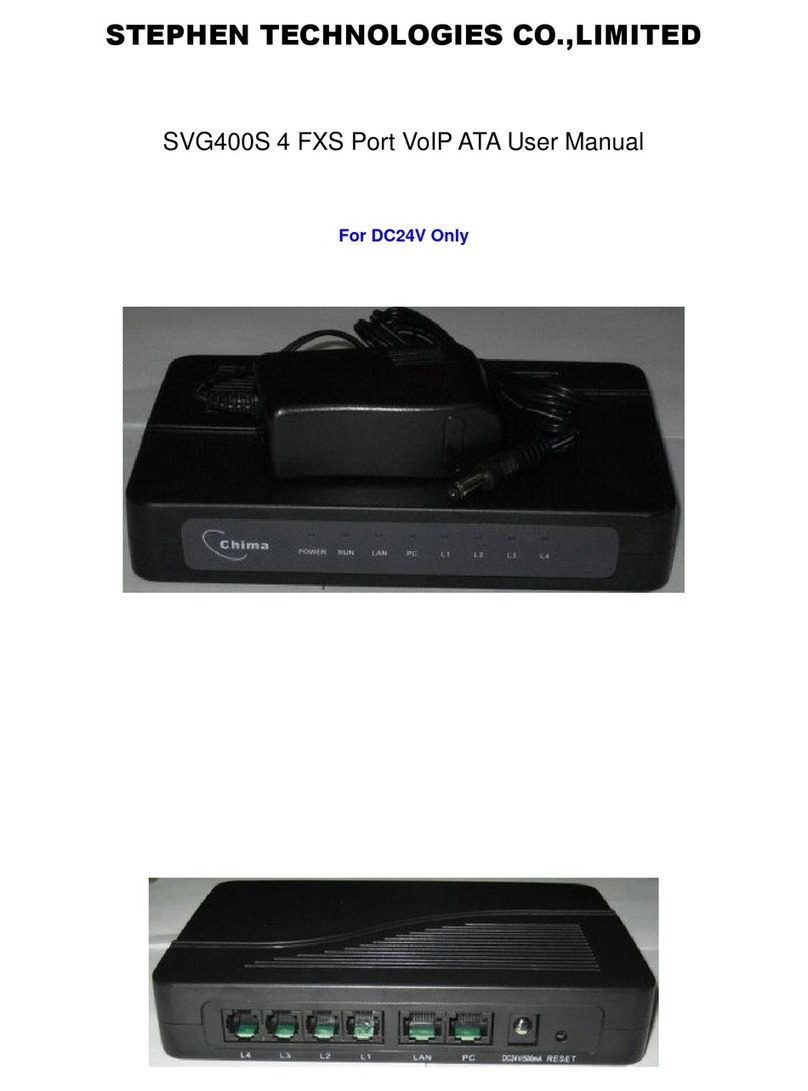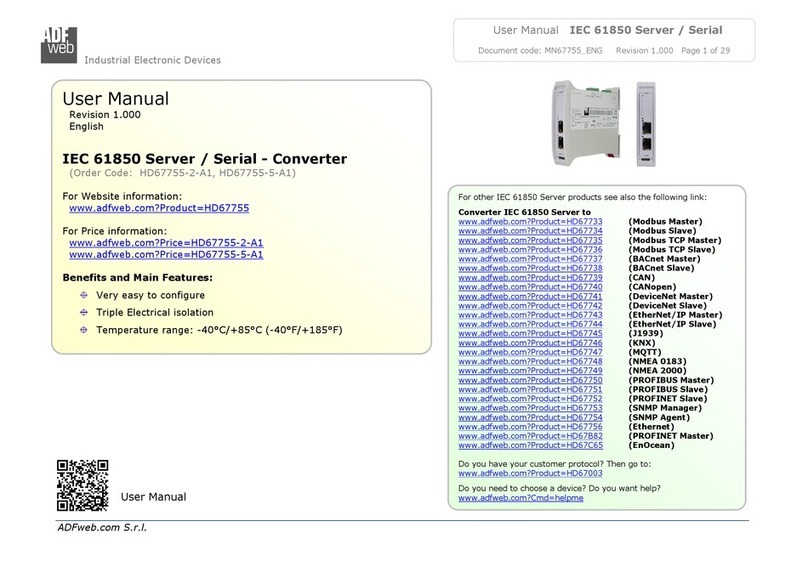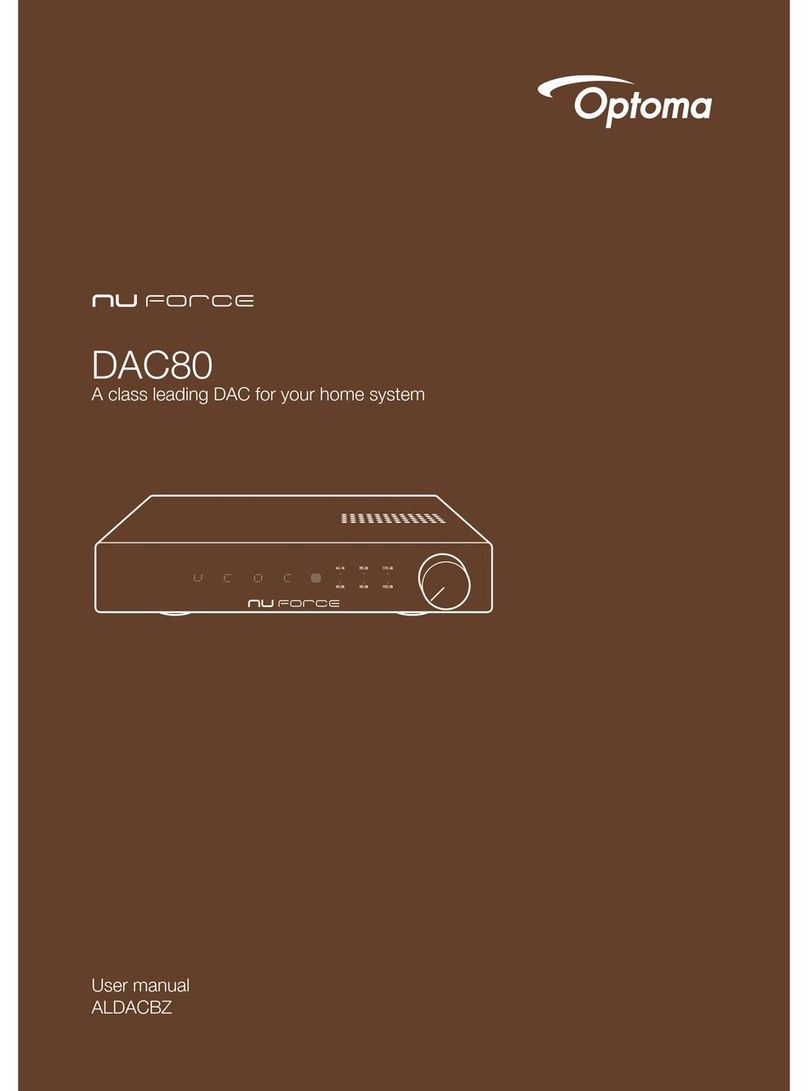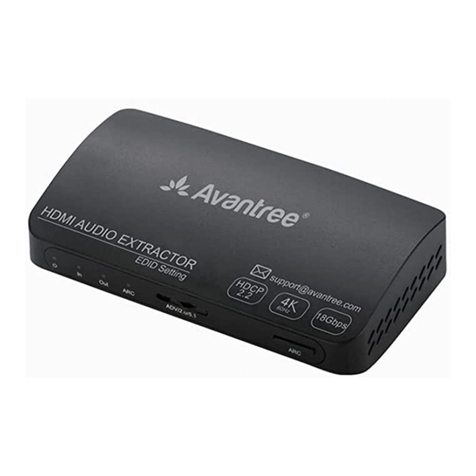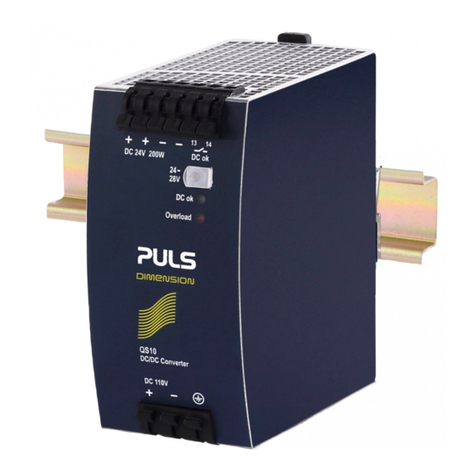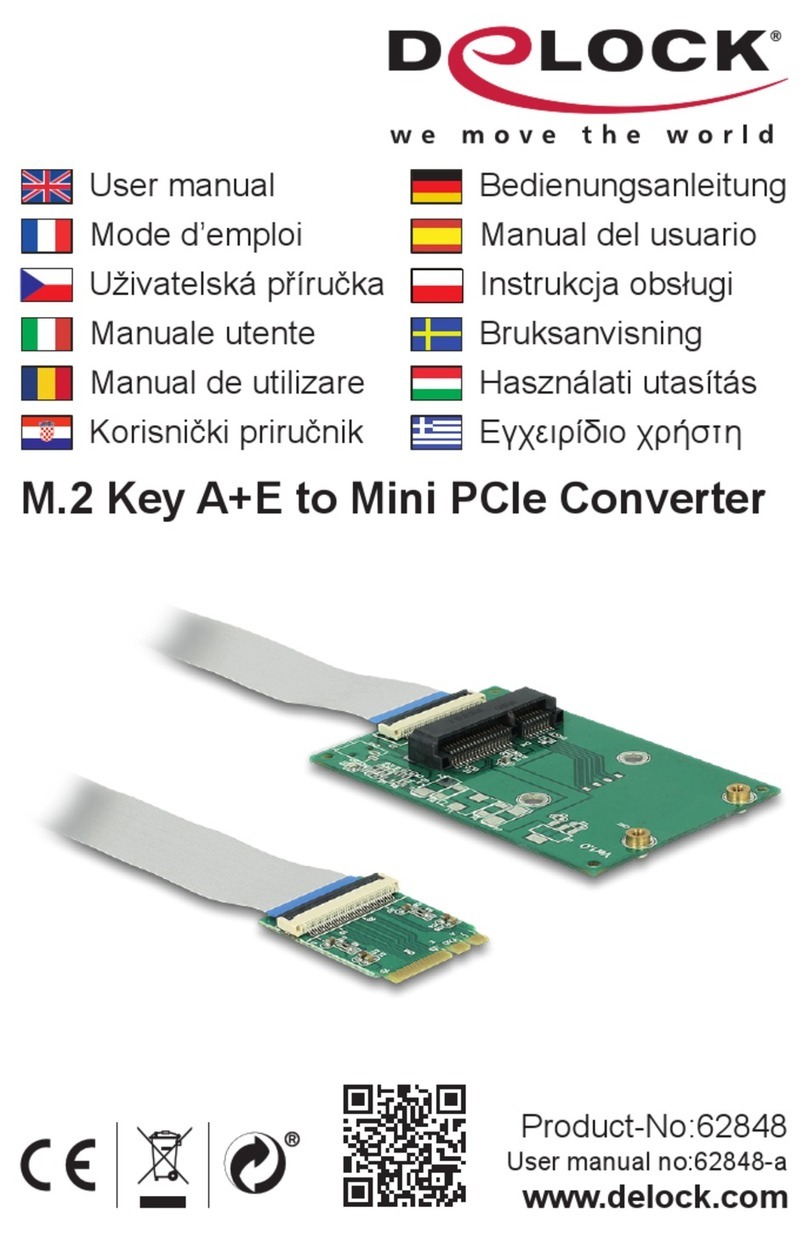
Installation
©
4 Installation
Before installing the COMBITRON rectifier, it is important to determine whether to install
the on/off switch for the brake or clutch on the AC or DC side of the rectifier.
4.1 AC vs DC Switching
There are two methods of switching brakes and clutches. These are referred to as AC
side or DC side and indicate on which side of the rectifier the switch is located. Each
method has advantages and disadvantages which may impact the performance of the
brake or clutch in the actual application. The following sections provide more detail on the
two methods of switching. It is up to the end user to determine which method of switching
best suits their application.
4.1.1 AC Side Switching
AC side switching places the switching mechanism on the AC (line) side of the rectifier.
The high voltage AC is switched on and off by a relay or contactor. This switch is
normally placed on all non-grounded conductors after the branch circuit fuse(s). If the
rectifier has a switch contact, a wire jumper is installed into the terminals. Since the
switch is on the AC side, the rectifier provides a path for the inductive current from the
brake or clutch to dissipate. As a result there is very little arcing on the relay contacts
when they open and the load can be considered a resistive load. This means relatively
small control relays can be used to switch the brake or clutch on and off.
The rating of the switching contacts shall be at least equal to the rated AC voltage which
is applied and the current rating shall be 5 amps, AC1 contact rating.
The disadvantage however is that because the rectifier allows the inductive current to
dissipate slowly, the switching time of the brake or clutch is delayed. As an example, with
a COMBISTOP spring applied brake, this delay time is the time between the switching
event and the onset of brake torque. In larger brakes with high inductance, this delay time
can exceed 1 second.
4.1.2 DC Side Switching
DC side switching places the switching mechanism on the DC (load) side of the rectifier.
The high voltage DC is switched on and off using a DC rated contactor. The contactor is
either wired to the switch contacts on the rectifier, or is wired in series with the brake. The
contactor must be rated for switching the rated DC voltage and current, but in addition
must be capable of breaking the circuit without failure resulting from the high voltage
created by the inductance in the brake coil.
The varistors which are internal to the rectifier will clamp the voltage across the switch
contact, however the instantaneous peak value of the voltage may exceed 1000V.
Therefore it is important to take this into consideration when selecting the switching
contactor. Generally for DC side switching the minimum contact ratings are 300VDC 9A,
AC3 rating.
The advantage to DC side switching is the speed of the brake reaction. The delay time
associated with brake engagement can be reduced by over a factor of ten compared to
AC side switching. This results in faster control of the mechanical system which may
provide better safety.




















